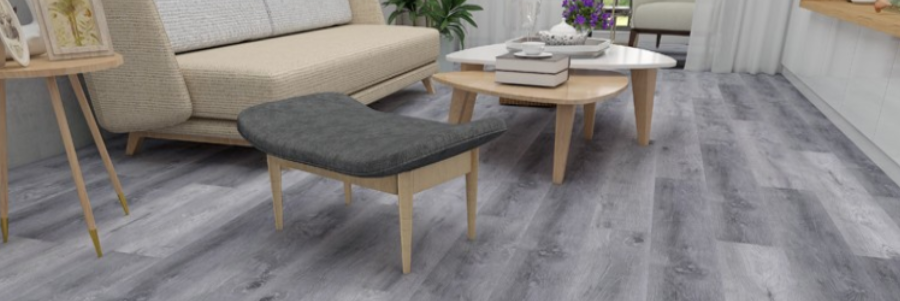News Info
- Home
- /
- News & Events
- /
- News Info

14 Jan 2022
Flooring Colors and Furniture Pairing Guide
When it comes to interior design, the choice of wood flooring colors and furniture can make or break the overall aesthetics of a space. The harmonious blend of these two elements is crucial to create a cozy and inviting ambiance.

The Importance of Flooring Colors Selection
The color of your flooring sets the tone for the entire room. It acts as the backdrop, influencing the perception of other elements within the space. Lighter wood tones, such as honey oak or birch, tend to create a bright and airy feeling, while darker shades like walnut or mahogany bring a sense of warmth and coziness.
Matching Furniture with Flooring Colors
Pairing furniture with flooring colors requires careful consideration. The goal is to achieve a balance that is visually appealing without being overwhelming. Here are a few tips to guide you in making the right choices:

1. Complementary Colors
Choosing furniture colors that complement the flooring is a safe bet. For instance, if you have light wood floors, pairing them with darker wood furniture or furniture in neutral tones like beige or gray will create a sense of contrast and depth. Conversely, dark wood floors pair well with lighter-colored furniture to brighten up the space.
2. Similar Tones
If you prefer a more cohesive look, opt for furniture in similar tones as your wood flooring. This creates a seamless transition from floor to furniture, giving the room a sense of unity. Be careful, however, not to go overboard with too much of the same color, as it can make the space feel monotonous.
3. Accent Pieces
To add visual interest, consider incorporating accent pieces in contrasting colors. A brightly colored rug or a statement chair can be used to break up the monotony and draw attention to specific areas of the room.
4. Consider the Room's Function
The function of the room should also influence your choice of furniture and flooring colors. For instance, a living room or bedroom meant for relaxation might benefit from warmer tones, while a home office or kitchen might favor cooler, more neutral colors that promote focus and efficiency.

Conclusion
Pairing wood flooring colors with furniture is an art that requires a keen eye for detail and an understanding of color theory. By considering the tone, hue, and function of the space, you can create a visually pleasing and functional interior design that will stand the test of time. Whether you prefer a harmonious blend or a bold contrast, remember that the key is to achieve a balanced and cohesive look that reflects your personal style.
Recent News

